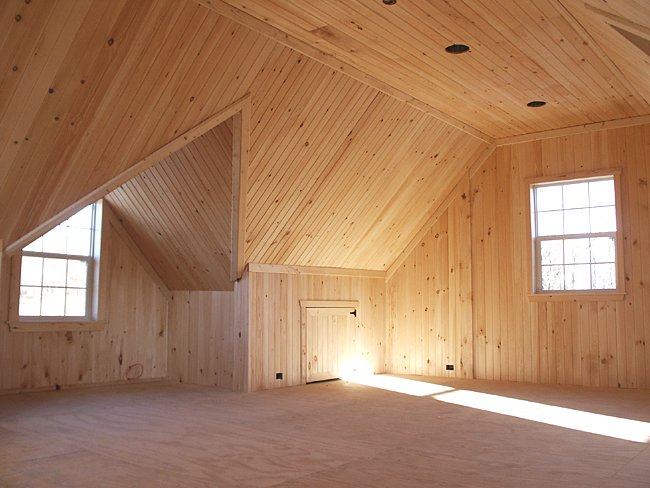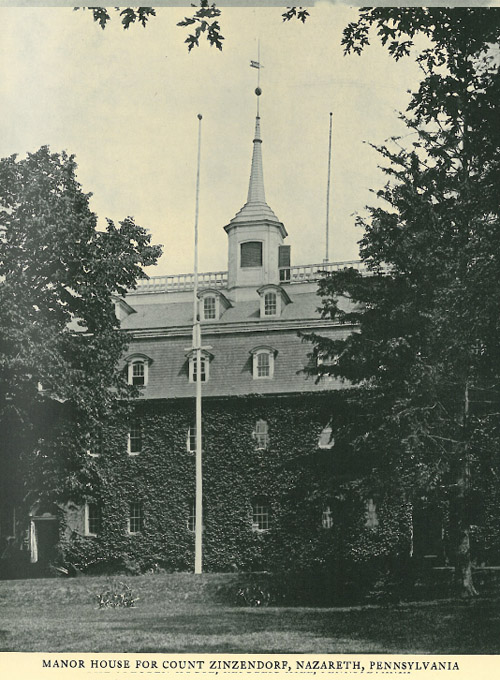
On display at the Center for Art in Wood in Philadelphia now through January 18, 2020, “Making a Seat at the Table: Women Transform Woodworking” showcases the work of 43 women artists from throughout North America. The first exhibition of its scope, this show shines a light on the skill, innovation and creative vision of women working in what remains a male-dominated industry.
The show includes examples of the artist’s finished work, but also demonstrations of their woodworking processes, which is pretty cool to see. The curators aim to highlight the unique perspectives women bring to the world of woodworking, each one colored by their own cultures and histories.

“All over the country and in all kinds of genres, women are making fantastic work in wood. Understanding that the field has historically been dominated by males, this exhibition intends to showcase some of these women, to show the breadth of the current field of woodworking, and how these makers are both expanding the edges of the field and holding down the center. The exhibition will present a diversity of objects, made with a diversity of intentions—from small-batch products to one-off works, representing a range of technical approaches and scales.”
“Pieces included in this exhibition will reference an approach to woodworking that is rooted in questions of craft, use, the body, and domesticity.”

A book of the same title is due to be released when the exhibition is complete in 2020. If you can’t make it to the exhibition in person, you can find the websites for most of the woodworkers featured in the show at the WomenWoodworking.org website.










